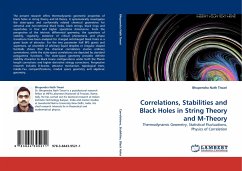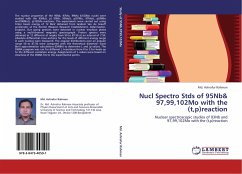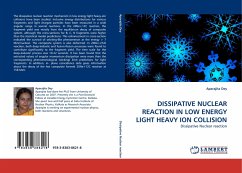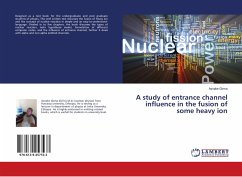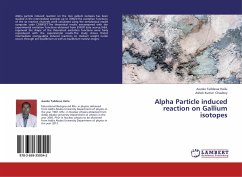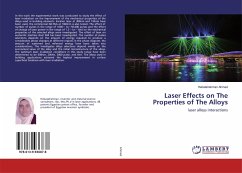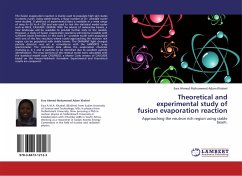
Theoretical and experimental study of fusion evaporation reaction
Approaching the neutron rich region using stable beam.
Versandkostenfrei!
Versandfertig in 6-10 Tagen
32,99 €
inkl. MwSt.

PAYBACK Punkte
16 °P sammeln!
The fusion evaporation reaction is mainly used to populate high spin states in atomic nuclei. Using stable beams, a large number of + unstable nuclei were studied. A plethora of experimental data is available in a wide range of mass A 20 to A 250 and was used to test the statistical model codes such as PACE, CASCADE, GEMINI. With the advent of radioactive beams, a new landscape will be available to provide further tests to the models. However, a study of fusion evaporation reactions will only be possible with sufficient beam intensities. In this work unstable nuclei were populated with one of ...
The fusion evaporation reaction is mainly used to populate high spin states in atomic nuclei. Using stable beams, a large number of + unstable nuclei were studied. A plethora of experimental data is available in a wide range of mass A 20 to A 250 and was used to test the statistical model codes such as PACE, CASCADE, GEMINI. With the advent of radioactive beams, a new landscape will be available to provide further tests to the models. However, a study of fusion evaporation reactions will only be possible with sufficient beam intensities. In this work unstable nuclei were populated with one of the few reactions where nuclei approaching the neutron rich region can be populated with stable beams. The DIAMANT light charged particle detector was set in coincidence with the AFRODITE -ray spectrometer. The coincident data allows the evaporation channels involving p, d, t and particles to be identified due to excellent particle identification. The cross sections of the residual nuclei were calculated with the statistical model code CACARIZO, a Monte Carlo version of CASCADE based on the Hauser-Feshbach formalism. Experimental and theoretical results are compared.



